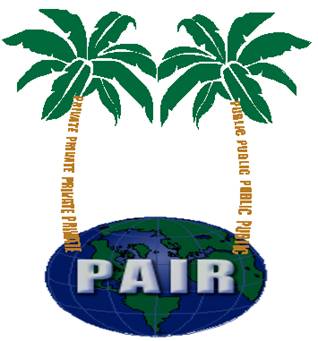Definition:
A patent protects new inventions and covers how things work, what they do, how they do it, what they are made of and how they are made. It gives the owner the "right to prevent others from making, using, importing or selling the invention" without permission.
Patentability criteria:
(OR)
Some creations excluded from patentability under Indian law are:
(OR)
Three Statutory
Benchmarks for Patentability as per the Patents Act, 1970:
1. Novelty: Must be New, and must distinguish from “state
of the art” (prior art).or
2. Inventive Step
(Section 2(1)(ja)).
- Must have inventive step and
- Non-obvious to a person “Skilled in the Art”
3. Industrial
Applicability (Section 2(1)(ac))
Must have
§
Industrial application
§
Must be Useful
§
Must have Utility
Mathematical methods; business methods; computer programs and software per se; algorithms; inventions which are frivolous or contrary to well established natural laws; inventions that go against public order; discoveries of scientific principles; substances obtained by mere admixture; method of agriculture or horticulture; processes for medicinal, surgical, curative, prophylactic, diagnostic, therapeutic or other treatment of human beings or animals; literary, dramatic, musical or artistic work or any other aesthetic creation; topography of integrated circuits; traditional knowledge.
..
..



















 Posted in:
Posted in: 





















